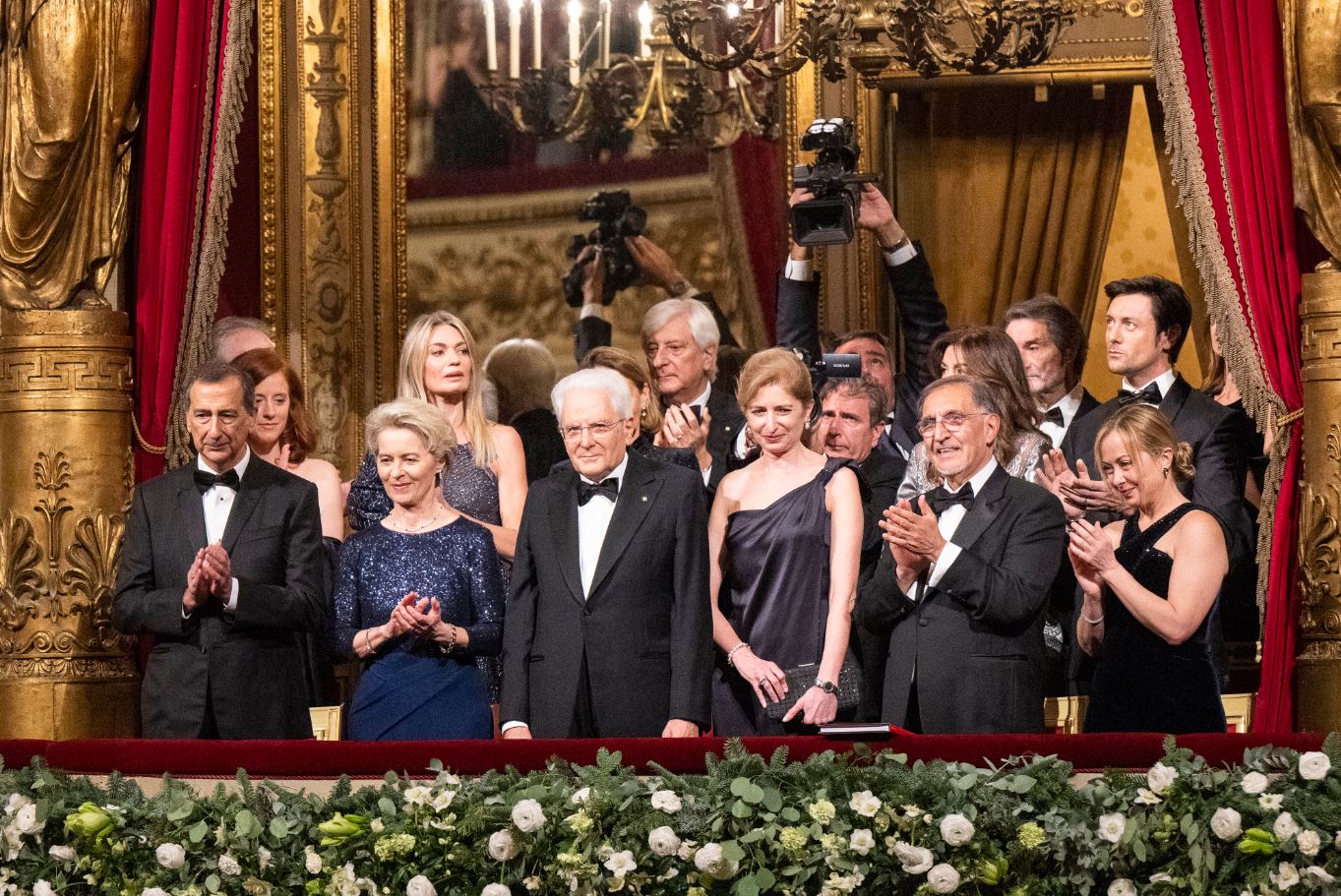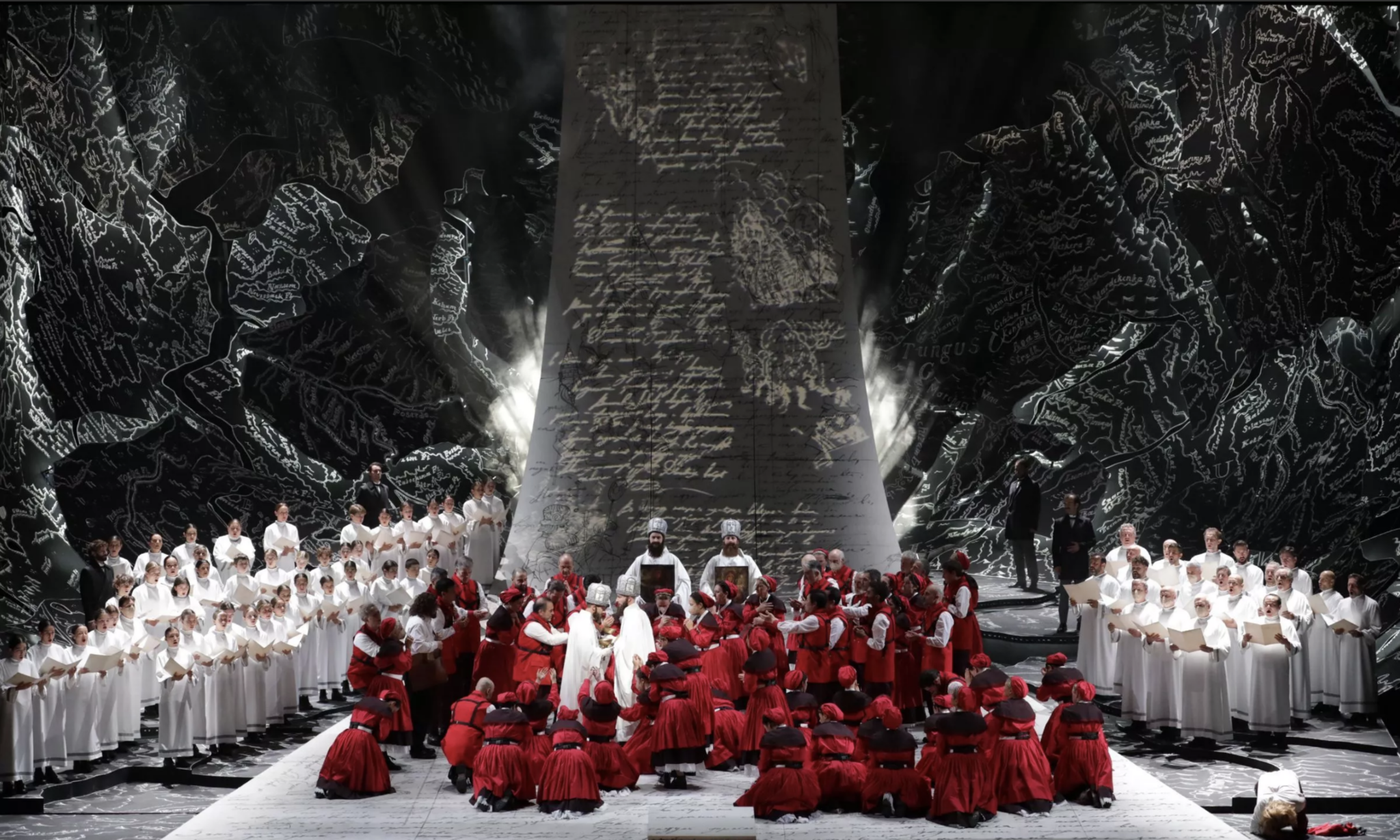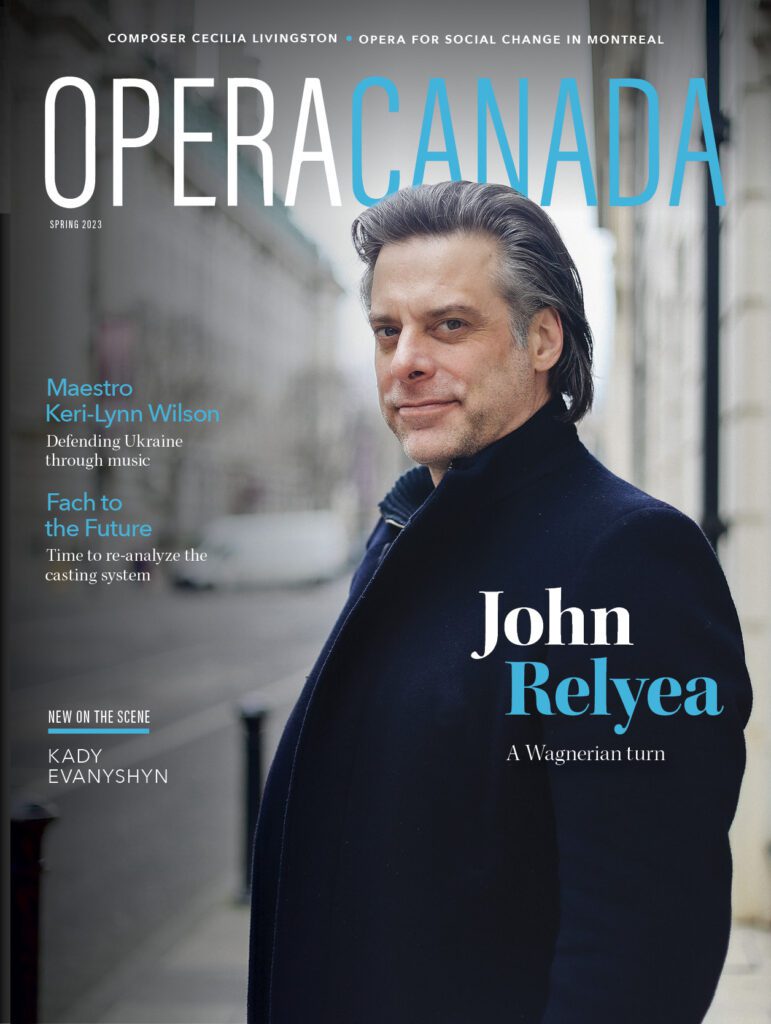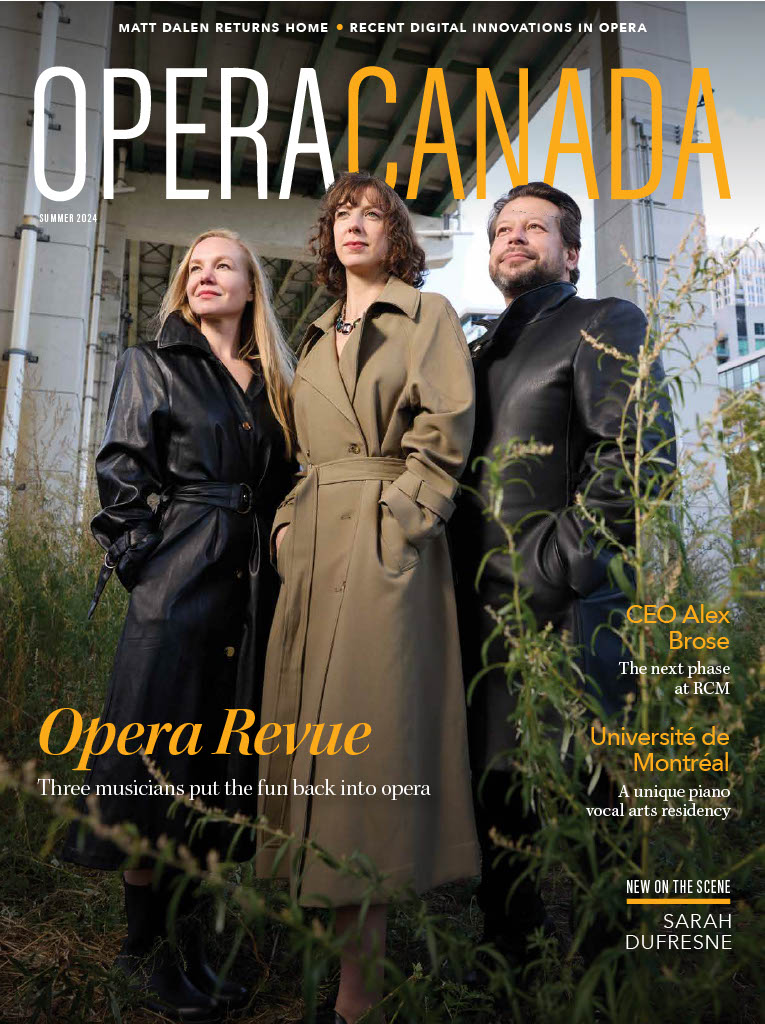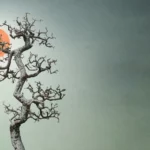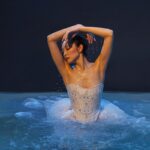Denise Wendel-Poray travels to La Scala in Milan where it’s all about opera, power, and politics.
Milan’s ‘Teatro Alla Scala’
Dating from 1778, is widely recognized as the most important opera house in the world, not because of its size (the New York Metropolitan Opera has 1000 more seats) or for the number of productions (the Vienna State Opera does twice as many) but thanks to its glorious past and enduring symbolic value.
In an interview for Opera Canada, Frenchman Dominique Meyer, who left the Vienna State Opera to join La Scala as General Director in February 2020, explains the difference between the two houses: “La Scala is a very political opera house with a genuine social role. If you look at the history of this house, each time there was a crisis, war, or pandemic, La Scala was always the first Italian institution to reopen its doors. So, you must be aware of the symbolic value of La Scala and what it represents for the Milanese and Italians. It’s completely different from Vienna, where even though opera is deeply rooted in society—sometimes it seems that’s all they think about—it doesn’t have the same symbolic power. One must never forget that in 1945 both La Scala and the Vienna State Opera were left in ruins—it took ten years to rebuild and reopen the opera in Vienna; La Scala was rebuilt in one year and inaugurated in May 1946. That’s how important La Scala was and is for the Italian people.”
Meyer assumed his functions as General Director of La Scala just as the pandemic was taking hold in Italy in February 2020, the first European country to be severely hit by COVID-19. Once again, La Scala played a crucial role in maintaining the morale of the Italian people. On September 4, 2020, La Scala produced Verdi’s Requiem in the Duomo cathedral under the direction of Riccardo Chailly. The concert was broadcast on national television and dedicated to the victims of the pandemic before touring the cities of Brescia and Bergamo, the hardest hit by the virus. Fifteen days later, Beethoven’s 9th Symphony was performed at La Scala, and though it was not open to the public, the concert was once again broadcast live nationwide.
La Prima, Boris Godunov, a controversial choice
The opera gala known as “La Prima” or “l’inaugurazione,” which marks the opening of the operatic season, invariably occurring on December 7, the feast of Sant’ Ambrogio, the patron saint of the city of Milan, also carries strong symbolic power. On the other hand, it’s a fundraiser (tickets go up to 1500€), and Italian and European politicians, cinema stars, and celebrities flock to the event in full feather (a veritable showcase for Milan’s fashion industry) to support their opera house. The red carpet is rolled out, television stations from around the world are poised and positioned to capture the moment, while paparazzi scrimmage between a wall of police and security guards to reach the cordoned-off area near the opera house. Prominent members of government and international guests occupy the Royal Box in a carefully organized seating protocol; when the president enters, the whole audience stands and applauds. This year, the much-beloved president Sergio Mattarella was applauded for over 5 minutes before the audience broke into a rousing national hymn (having attended several Inaugurazioni, I can attest that the whole audience really does sing, most know the lyrics, and it’s invariably a stirring experience).
Seen as a force of reason in troubles times, this year, Mattarella had a particularly tricky balancing act to pull off, being the fulcrum in the center of the Royal Box between European Commission President Ursula von der Leyen standing stiffly on his right and the Neo-Fascist Italian Premier Giorgia Meloni in her first cultural outing since taking office, throwing kisses to the audience on his left. In addition, the protests outside the opera house, which always accompany the season’s opening, were sizable this December and particularly difficult to ignore. Some were protesting the performance of Modest Mussorgsky’s Boris Godunov due to the Russian war against the Ukraine, some against Italy’s new right-wing government, and some against rising energy prices, inflation, climate change, and cuts in cultural funding.
But Dominique Meyer stood his ground regarding his choice of Boris Gudonov (scheduled before the Russian invasion of the Ukraine). Confiding in the same interview the day before the Prima, he said: “Firstly, Boris Godunov is a great piece of historical literature, of pure literature—Pushkin, and of musical literature— Mussorgsky. Secondly, I am against the “cancel culture,” and I’m not ready to hide away when I read Pushkin or Dostoyevsky. These are masterpieces, and their authors have nothing to do with today’s Russia; that’s obvious. I communicated about this and gave a press conference—what I’m saying is common sense, but maybe tomorrow, all hell will break loose.”
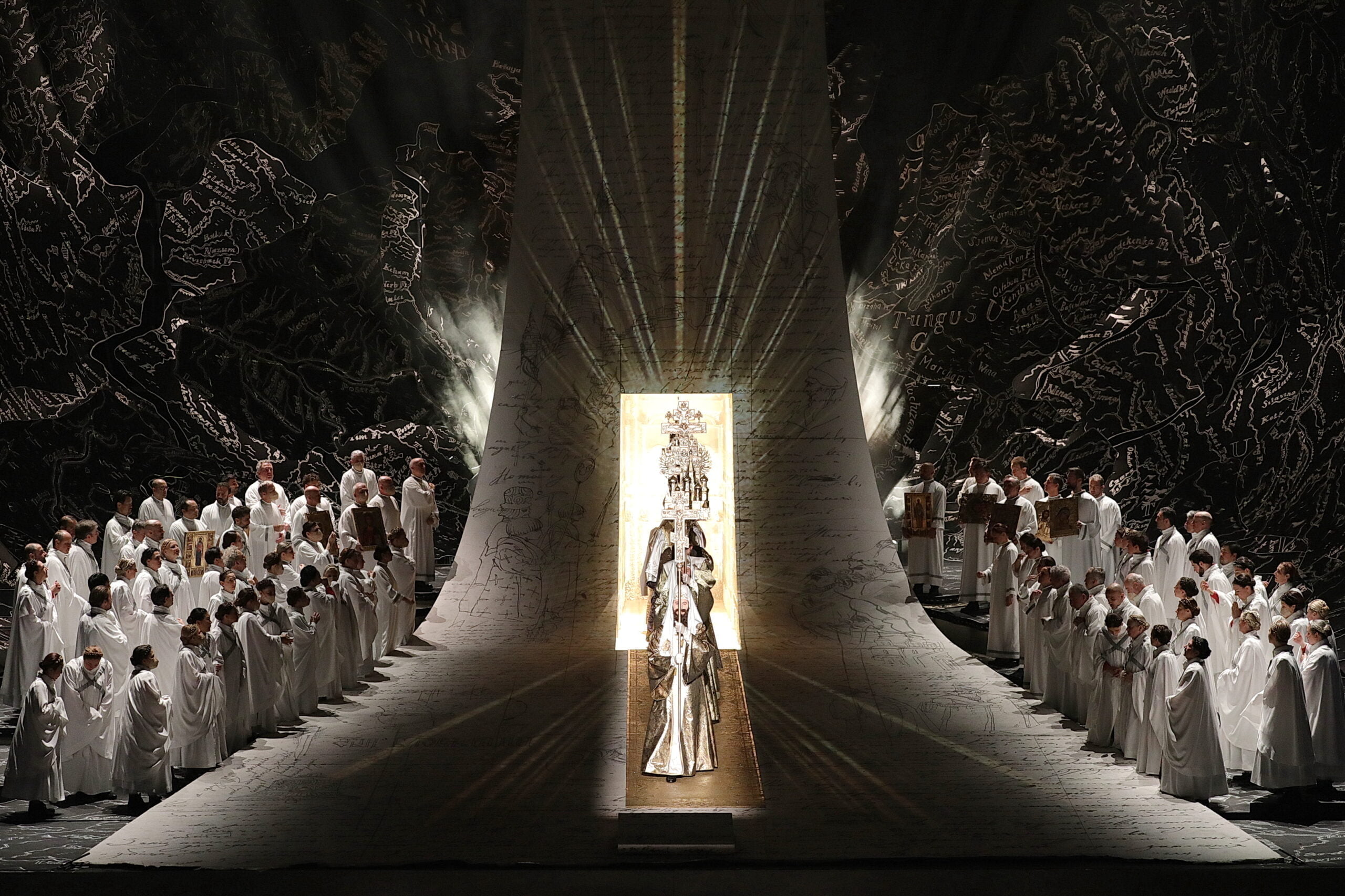
A close-up of a set backdrop by Es Devlin Ⓒ Marco Brescia and Rudy Amisano/Teatro Alla Scala
Well, it did! But, if one reads the libretto, a work about a real tsar figure who has the young tsarevitch murdered in order to come to the throne himself while feeling no remorse and who ultimately perishes can hardly be misconstrued as positive propaganda for Putin.
Be that as it may, for this Boris Godunov, Danish director Kasper Holten steered clear of political parallels, focusing instead on the intimate stories and the Shakespearean character of the sung soliloquies and duos. The leading Russian bass in the title role Ildar Abdrazakov is excellent, as is the striking monk Pimen of Estonian bass Ain Anger, the intriguing and expressive Shuiskij, Austrian tenor Norbert Ernst and Boris’s antagonist Grigorij, Russian tenor Dmitri Golovnin.
In the orchestra pit, Riccardo Chailly leads a vibrant Scala Orchestra in a highly dramatic and musically touching reading of the so-called “Ur- Boris” from 1869 —the harshest and darkest of the many versions. Next year Verdi will be back on the program for La Prima with Don Carlo.
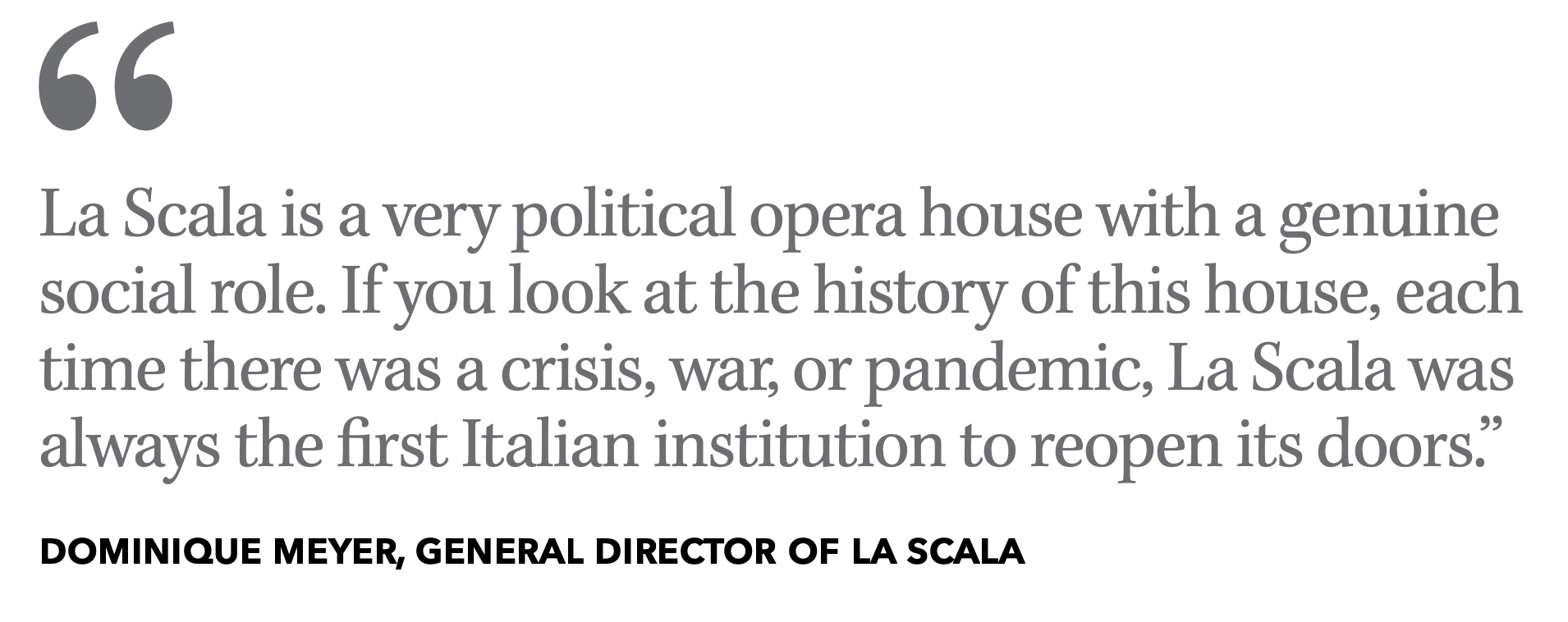
Canadians at La Scala
The first Prima I attended in 2011 was Robert Carsen’s Don Giovanni, an unforgettable performance starring Peter Mattei (Don Giovanni), Anna Netrebko (Donna Anna), and Bryn Terfel (Leporello). Daniel Barenboim was conducting—his first official appearance as La Scala’s new Music Director. That same year, I heard Yannick Nézet-Séguin make his La Scala debut conducting Gounod’s Romeo et Juliette to thunderous applause. In addition, great Canadian tenors have left their mark at La Scala, with Jon Vickers appearing in many historical productions and later Ben Heppner, who made his breakthrough debut there as Walther von Stolzing in 1990. More recently, Robert Lepage directed Thomas Adès’s The Tempest in November 2022 with Frédéric Antoun in the role of Caliban. And Robert Carsen, a favourite with La Scala audiences, will return on October 18, 2023, with Peter Grimes, conducted by Australian superstar Simone Young.
La Scala Theatre Ballet
If La Scala is the Mecca of Opera, it is also the cradle of the western ballet tradition. The resident classical ballet company, La Scala Theatre Ballet, is one of the oldest and most renowned ballet companies in the world whose history can be traced back to Renaissance courts of Italy, notably in the Sforza family’s palace in Milan, where the classical ballet itself was born as an art form to be later refined at the French court of Louis XIV.
The company produced some of the greatest dancers of all time, such as the “prima ballerina assuluta” Pierina Legnani (1863 –1930) and Carla Fracci (1936-2021), one of the most famous ballerinas of the 20th century. Later dancers, including Mara Galeazzi, Alessandra Ferri, Petra Conti, and Roberto Bolle have made international careers. In addition, many celebrated choreographers, such as George Balanchine, Roland Petit, and Jirí Kylián, collaborated with the company.
I was fortunate to catch Rudolf Nureyev’s version of Nutcracker, a true gem that returned to the La Scala stage to open the season after a 16-year absence. This historical production by Greek artist Nicholas Georgiadis, like all Nutcrackers, glistens with snowflakes, toy soldiers, and sugar plum fairies but with a particular audacity in the color combinations and forms. Nureyev performed at La Scala for the first time in Romeo and Juliet next to Margot Fonteyn in 1965, just four years after he defected from the Soviet Union; his performances and productions have dominated the theatre’s programming ever since. The restaging of this yuletide favorite was a tribute to him on the thirtieth anniversary of his death.
Accademia Teatro alla Scala: a 200-year history
Many company members have trained at the Scuola di Ballo del Teatro alla Scala, which opened in 1813. Today the ballet school is part of La Scala Academy (Accademia Teatro alla Scala), one of the world’s premiere institutions for comprehensive professional training in all artistic, technical, and managerial areas of the performing arts. Organized into four departments – Music, Dance, Stagecraft, and Management— the Academy offers thirty courses attended yearly by over 1,700 students.
The Museo Teatrale alla Scala and Archive
Few opera houses can boast a museum of the quality of The Museo Teatrale alla Scala, with rooms and displays designed by Pier Luigi Pizzi, featuring subtle references to the interior fabrics and colors of the opera house itself. Pizzi’s dramaturgy invokes the immortal artists, great composers, singers, and dancers of La Scala’s past. The museum’s first room houses pictures and period instruments from the Sambon collection, including a 17th-century Neapolitan Spinet from the workshop of Honofrio Guaracino; in the next room, Franz Liszt’s Steinway is on display. A temporary exhibition, “Franco Zeffirelli-The Scala Years,” curated by Vittoria Crespi Morbio, displays extraordinary sketches and costumes by Zeffirelli and runs until August 31.
The archive, which is not open to the public, contains at least twenty-four thousand sketches and costume designs of inestimable value as well as models signed by great artists, set designers and directors, including Jean Cocteau, Piero Fornasetti, David Hockney, Pier Luigi Pizzi, and Robert Wilson. In addition, forty-five thousand costumes produced by great fashion designers, accessories, jewels, clothing, footwear, wigs, hats, and eighty thousand props make up this trove of theatrical treasures. An extensive digital archive has been established to make these riches known to researchers.
December in Milan
Though La Scala has stellar performances from September through July, it is “L’ inaugurazione” that most reflects the “symbolic” power of the historic institution. And it’s one of the most prestigious events on the Italian cultural calendar—it is claimed that President Mattarella’s re-election in January 2022 began on December 7, 2021, when he was given a 7-minute standing ovation at La Prima. This capacity to influence beyond its doors (it has just launched its own TV channel that will broadcast live operas, ballets and concerts) and beyond its artistic program into the social, intellectual, and political spheres gives La Scala singular credibility in saying — opera counts.
